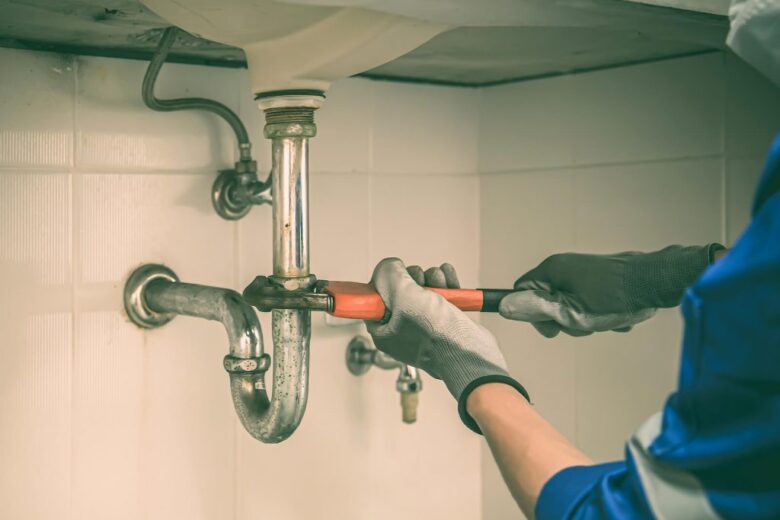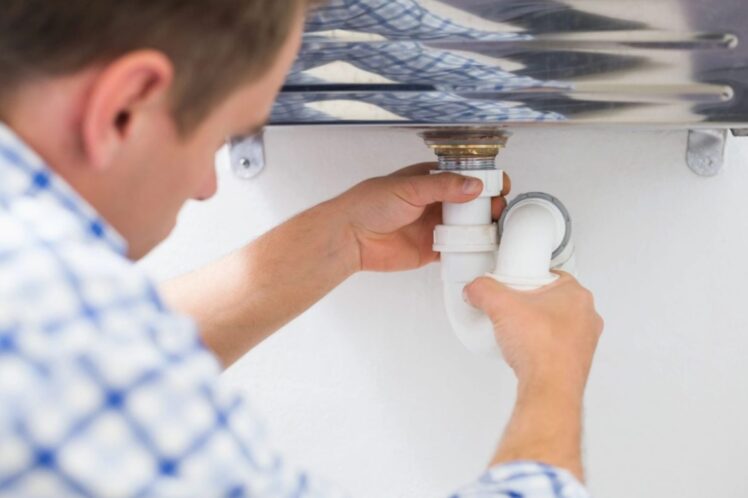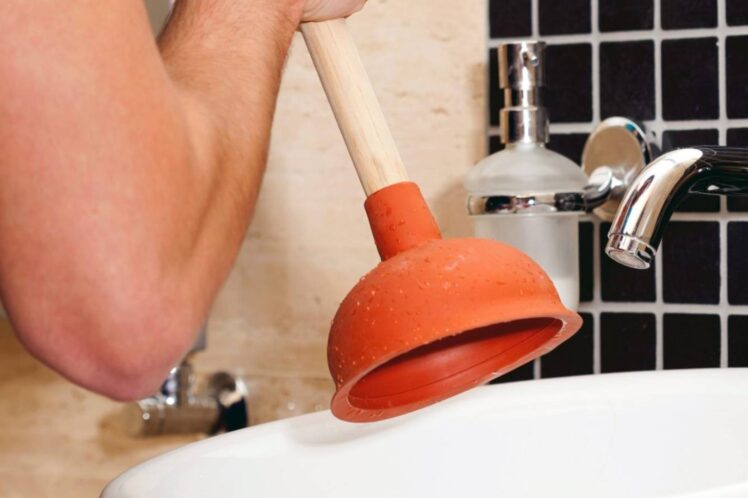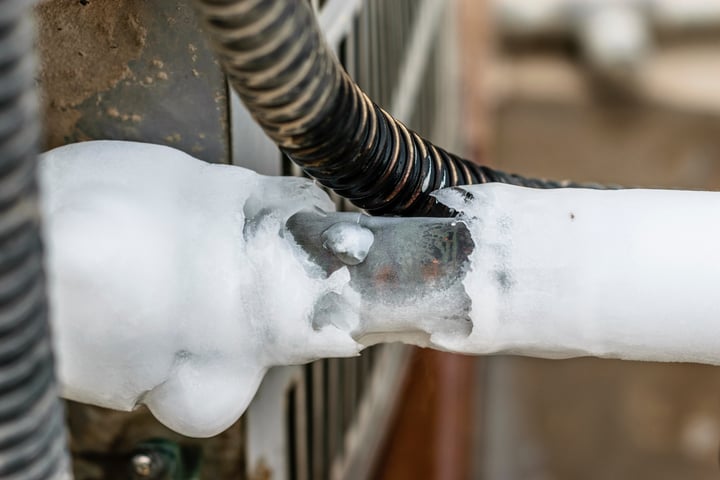Clogged drains can be a nightmare. Not only are they inconvenient, but they can also lead to flooding and more serious problems. In this blog post, we’ll explore some ways to prevent drains from building up and getting clogged in the first place. From simple measures, you can take at home to more drastic solutions, read on to learn everything you need to know about preventing drain blockages.

Source: familyhandyman.com
Contents
What are some common causes of drainage problems?
There are a number of reasons why drains can become clogged, including things like hair, soap suds, grease, and food particles. In some cases, the drain may simply be blocked by something small, but in other cases, it may be partially or completely blocked.
One common cause of drainage problems is hair. Hair often builds up on the interior of drains over time and can become lodged in the pipes or fittings. When this happens, water can’t flow freely through the drain, which can lead to blockages. If you have a lot of hair that tends to build up in your drains, it’s a good idea to try using a home cleaner to clear the blockage.
Another common cause of drainage problems is soapy water. Whenever we wash our hands or bathtub surfaces with soap, we produce lots of suds. These suds can easily clog up drains if they’re not properly drained away. Some tips for soapy water properly include using a shower head with a spray mist feature and avoiding using harsh chemicals when washing dishes or clothes.
Blockages in the drainage system is usually caused by objects that have sunken down into the pipes (such as leaves or branches), or by solid objects that have become lodged in the pipes. To fix this problem, you’ll need to remove the obstruction and clean the system.
Grease and food particles are also common contributors to drainage problems. When these substances get stuck in the pipes, they create blockages that prevent water from flowing freely through the system. To prevent this from happening, make sure to clean your kitchen surfaces and dishes frequently and avoid putting fat-rich foods down your sink disposal!
If water isn’t getting through the pipe properly, it will start to form pools on the floor or below your sink. To fix this problem, you’ll need to either repair or replace the leaky pipes.

Source: medium.com
The six best Ways to Fix Drain Problems
There are many ways to prevent drains from building up and getting clogged. Here are 6 of the best:
- Use a plunger: A plunger can be used to remove excess water and debris. Just place the plunger over the drain and push down gently, slowly, and steadily removing water and debris.
- Clear drainage channels: If channels in your home are blocked, try clearing them using a broomstick or shovel. Pour a small amount of liquid detergent into the channel and use the stick or shovel to dislodge any material blocking it. Clean out any leftover detergent with a brush.
- Use drain cleaner: If you notice that your drains are clogged, use a drain cleaner (available at most hardware stores) to loosen the materials blocking the drain. Pour enough cleaner into the channel to cover the obstruction and wait several minutes for it to work its way through.
- Use a garden hose: If you don’t have access to a plunger or Drain Cleaner, you can try using a garden hose to clear drains by spraying water onto the obstruction and pushing with your foot or hand until it falls out of the drain.
- Use boiling water: Boil tap water on high heat for about two minutes before using it to clear drains. Pour boiling water down the drain followed by cold water to cool it and unclog the pipe.
- Install a drainage system that flushes properly. A good drainage system sends water down the sink quickly and completely without backflow into your home or yard. Backflow can cause blockages and flooding. Make sure to check with your contractor about proper drainage systems for your specific home!
If everything fails, hiring a professional service like Metro Plumbing will solve all of your problems.

Source: Stuff.co.nz
Natural methods for unclogging
Use Saltwater
This can be done by filling up a bowl or container with salt water, placing it next to the drain, and then turning on the tap until the water reaches the basin. Once the basin is full, pour the salt water down the drain and wait until it has cleared away all of the debris. This method is less effective than using bacteria, but it is still an option if other measures have failed.
Use Vinegar or baking soda
To use vinegar, pour equal parts of vinegar and water into a bowl or container, place it next to the drain, and turn on the faucet until the mixture starts flowing down. To use baking soda, mix one cup of baking soda with two cups of water, and pour the mixture into a bowl or container next to the drain. Once the mixture has started flowing down the drain, turn off the faucet and wait until the blockage has been cleared.

Source: adams-air.com
What to do if Your Drain is Frozen
If your drain is frozen, there are a few things that can be done to break the ice. You can use a plunger to suction onto the pipe and pull. You can also try using a power drill with an auger bit to create a hole in the ice and use a bucket or tube to dislodge the ice. If these methods don’t work, you may need to call an expert to break through the frozen line.
Conclusion
If your sink or bathtub is constantly draining slowly, it might be time to take a look at the drainage system. Old pipes, blocked pipes, or even worn-out parts can all lead to slow draining and poor water flow. If you find that your drains are consistently clogging up, it’s best to call an experienced plumbing technician to unblock them and restore proper drainage.
